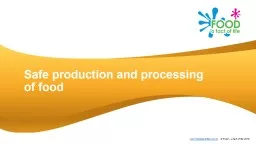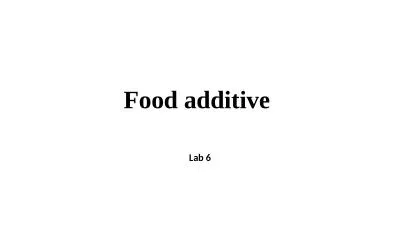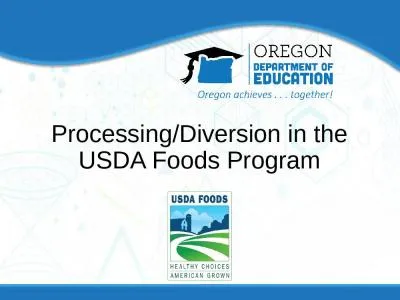PPT-Processing in High-Acid vs. Low-Acid Food
Author : cheryl-pisano | Published Date : 2015-10-27
By Sheila Mulhern Defining the Acidic Groups Lowacid Food Acidified Food Any food other than alcoholic beverages with a finished equilibrium pH greater than 46 and
Presentation Embed Code
Download Presentation
Download Presentation The PPT/PDF document "Processing in High-Acid vs. Low-Acid Foo..." is the property of its rightful owner. Permission is granted to download and print the materials on this website for personal, non-commercial use only, and to display it on your personal computer provided you do not modify the materials and that you retain all copyright notices contained in the materials. By downloading content from our website, you accept the terms of this agreement.
Processing in High-Acid vs. Low-Acid Food: Transcript
Download Rules Of Document
"Processing in High-Acid vs. Low-Acid Food"The content belongs to its owner. You may download and print it for personal use, without modification, and keep all copyright notices. By downloading, you agree to these terms.
Related Documents

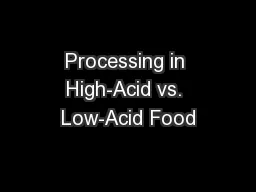
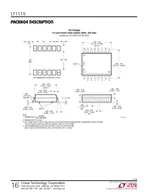

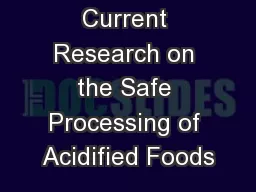

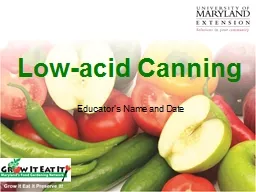
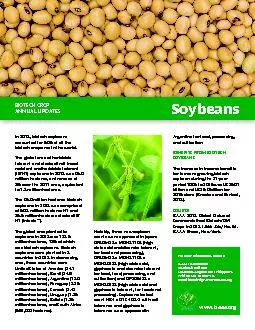
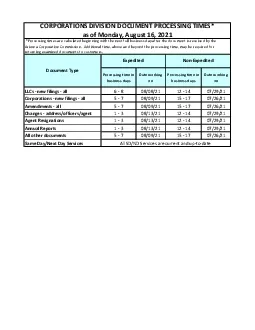
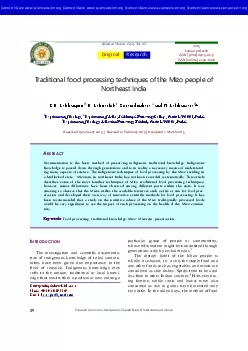
![[READ] Low Carb: Low Carb Weight Loss Secrets Box Set (Dash Diet, Slow Cooker Meals, Low](https://thumbs.docslides.com/881235/read-low-carb-low-carb-weight-loss-secrets-box-set-dash-diet-slow-cooker-meals-low-carb-cookbook-low-carb-recipes-low-car.jpg)
